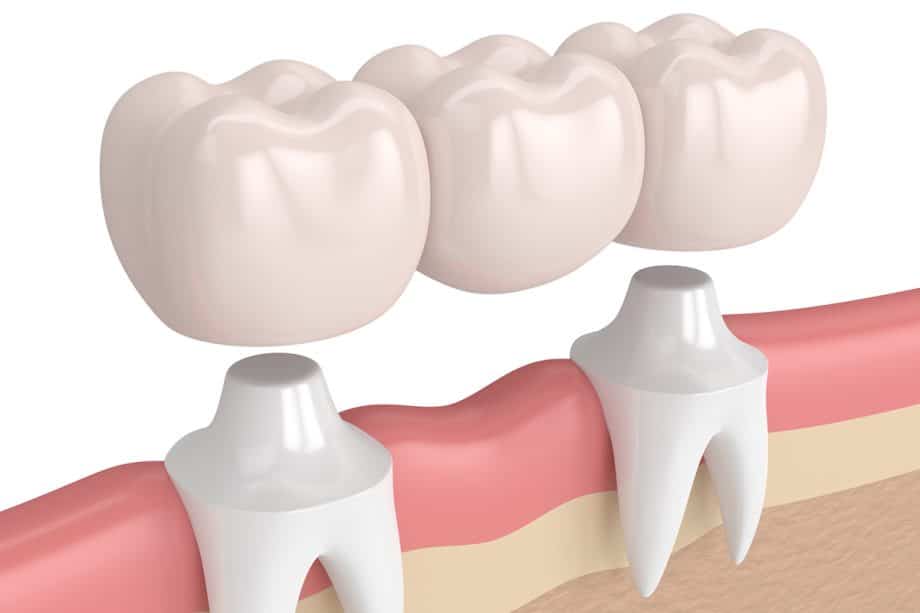A dental bridge can replace one or a few missing teeth in a row. Teeth may need to be replaced due to severe decay or advanced gum disease, and a dental bridge is one option for restoring appearance and function. Here’s what you need to know if you’re considering a dental bridge.
How a Dental Bridge Works
A dental bridge can replace anywhere from one to four adjacent teeth using the healthy teeth on either side of the gap for support. One or both ends of a bridge consist of crowns that fit over the healthy teeth with pontics (artificial teeth) suspended between them. The pontics rest against the gums for a natural appearance.
Benefits of Dental Bridges
Dental bridges have many benefits as a tooth replacement option, such as:
- Provides a natural appearance. A bridge can make your smile look natural again by replacing missing teeth. Bridges are made of porcelain, a strong material that resembles tooth enamel.
- Restores chewing ability. A bridge allows you to chew effectively where missing teeth may have prevented it in the past.
- Offers a solution for lack of bone density. Over time when teeth are missing the support structures deteriorate, including the jaw bone. A bridge can be placed regardless of the bone density in that area of the mouth, as it uses other teeth for support.
Disadvantages of Dental Bridges
There are some disadvantages of dental bridges:
- Will eventually need to be replaced. Dental bridges last an average of 5-15 years, but with excellent care and maintenance they may last up to 20.
- May damage the support teeth. The force of chewing takes its toll on the support teeth, eventually causing damage that will result in the need to replace those teeth as well.
- Certain foods should be avoided. You’ll need to be careful what you eat with a dental bridge. Avoid chewing particularly hard, chewy, or sticky foods in the area of your bridge to avoid damage.
Types of Dental Bridges
- Traditional bridge. A traditional bridge consists of two crowns that fit over the teeth on each side of the gap and one or more pontics suspended between them.
- Cantilever bridge. A cantilever bridge has a crown on just one side and a pontic on the other. It is used to replace the back molar when there is not a tooth on the other side.
- Maryland bridge. A Maryland bridge attaches using metal clips that are cemented to the back side of the teeth.
- Implant-supported bridge. An implant-supported bridge consists of one or two dental implants on each end that provide an anchor to hold the bridge in place.
Are You a Candidate for a Dental Bridge?
If you have one or more missing teeth, you may be a candidate for a dental bridge. A bridge may also be recommended if you have one or more teeth that are severely decayed or damaged to the point of needing to be replaced.
Frequently Asked Questions About Dental Bridges
Is a dental bridge better than a dental implant?
In most cases dental implants are considered to be the highest quality tooth replacement option. However, bridges have some advantages over dental implants such as a lower cost and no bone density requirements.
Are dental bridges covered by insurance?
Dental insurance typically covers dental bridges. This is another advantage bridges have over dental implants, as implants are less likely to be covered.
Why Choose Aliso Smiles?
Do you need to have one or more teeth replaced? A dental bridge may be the right option for you. Aliso Smiles can perform a brief evaluation and make a recommendation for the best tooth replacement option for you.
Call 949-916-7800 or contact us today to learn more and schedule an appointment.

